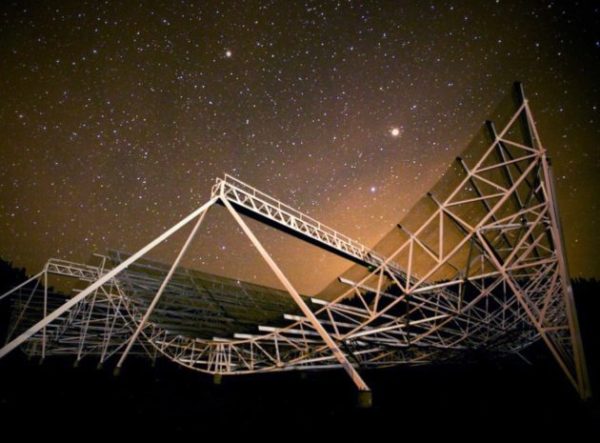If the aliens are trying to tell us something, we finally have a better sense of where to listen for them.
Astronomers say they’ve traced the origin point of a mysterious, repeating radio signal from outer space to a galaxy that’s relatively close to our own, in a discovery that raises more questions about the origins of these strange bursts.
The signal, known as a fast radio burst (FRB), appears to be coming from a spiral galaxy some 500 million light-years from Earth, according to new findings published in the journal Nature. That’s not exactly within walking distance, but it’s still much closer to our planet than any of the other FRB origins identified to date.
And no, the FRB isn’t saying “Hi.” At least, not that scientists can tell.
FRBs are typically one-off blasts of radio waves through space, with each one lasting no more than a millisecond. Scientists have identified hundreds of FRBs over the years, but they’ve only traced five of them back to their points of origin.
This latest find is unusual because it’s just the second repeating signal to be tracked back to its source, which is somewhere in a patch of space some seven light-years wide.

.
“This object’s location is radically different from that of not only the previously located repeating FRB, but also previously studied FRBs,” astronomer and lead study author Kenzie Nimmo said in a statement released through the National Science Foundation’s National Optical-Infrared Astronomy Research Laboratory.
Canada’s CHIME telescope in Okanagan Falls, B.C., first detected the FRB in 2018, when it heard four extremely brief bursts over the course of about five hours. Researchers later aimed several other telescopes at the sky to determine the repeating signal’s origin point.
Read more HERE.










Is it a country music station ?